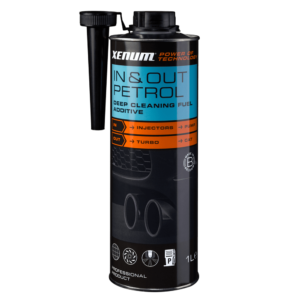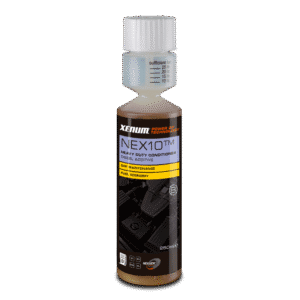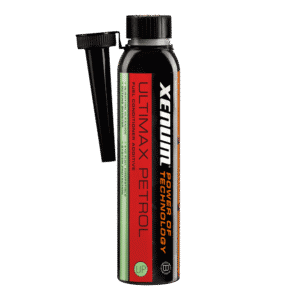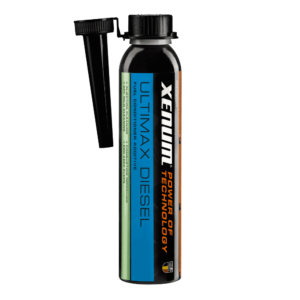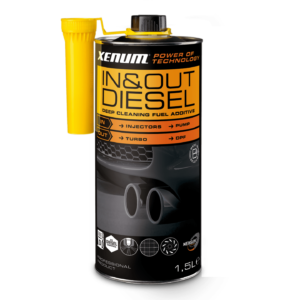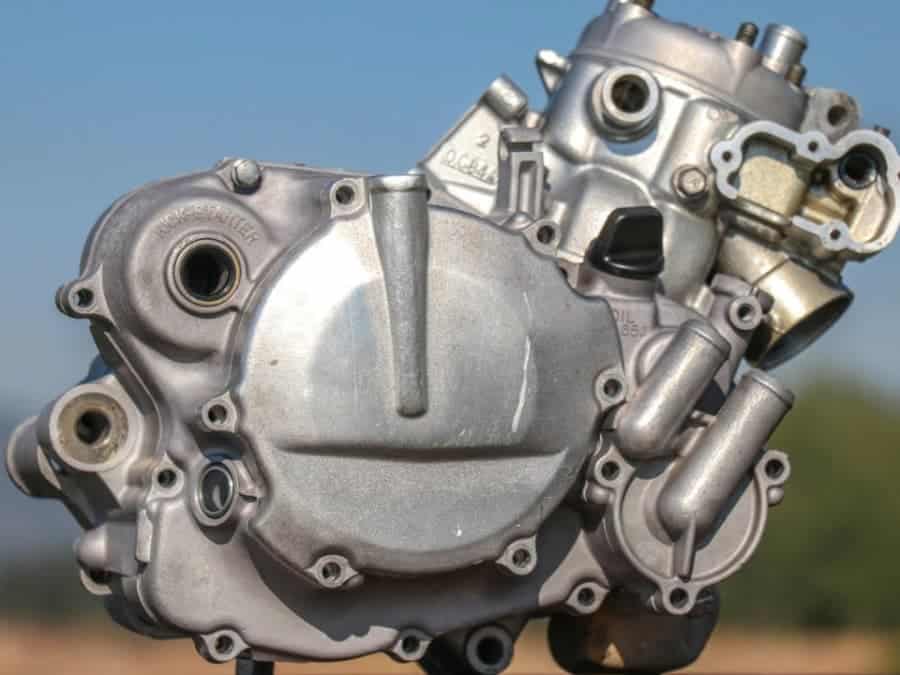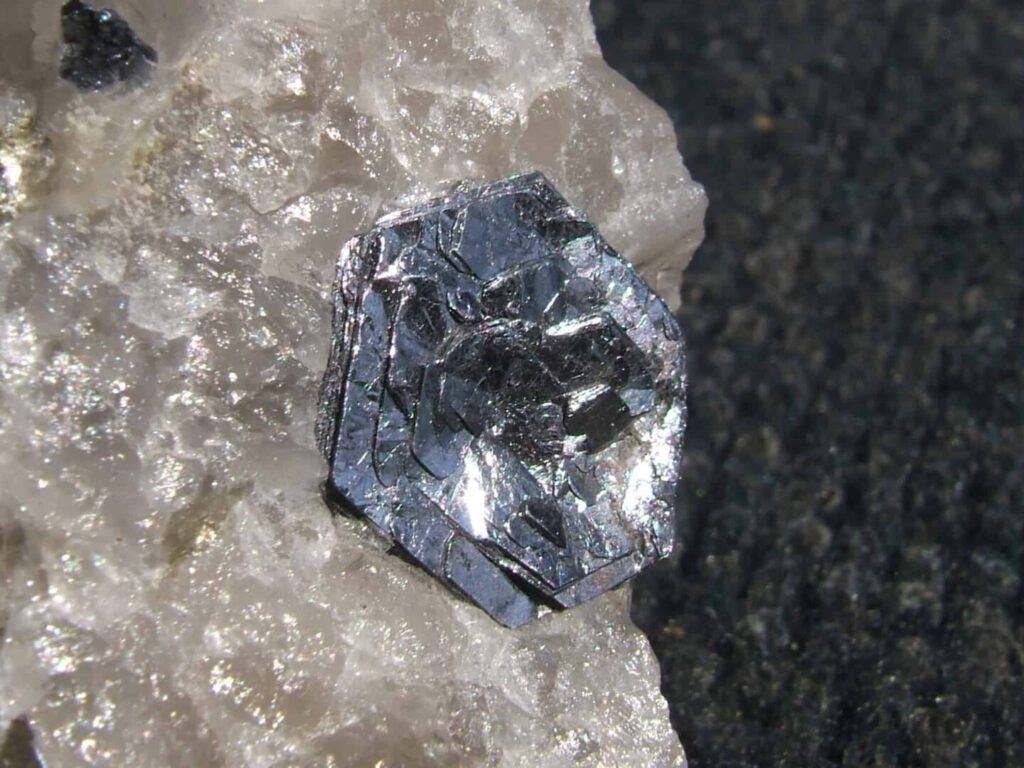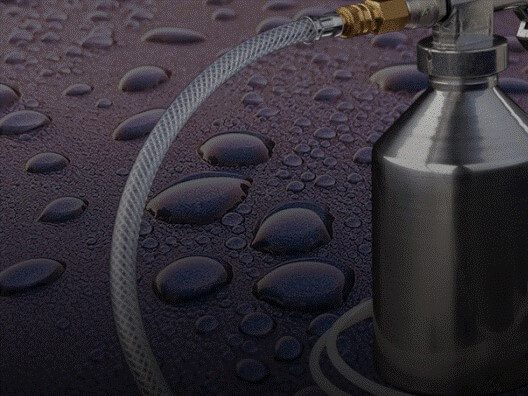Anyone with modern diesel car, van or truck knows what it is diesel particulate filter. And most likely, you suffer because of him too. DPF filter is a component of your vehicle that captures diesel particles and soot from exhaust gases and eliminates their impact on vehicle performance. Also, you probably know that the DPF filter remains clean for a long time due to the process of regeneration (restoration) that occurs at high temperatures.

Theoretically, DPF able to function correctly for quite a long time due to its ability to regenerate, which is known as spontaneous recovery.
High temperatures (greater than 600 ºC) are required for this to occur, as these conditions promote proper combustion and removal of soot and solids. Your car is capable of being in these conditions only when driving at high speed. This happens more often on highways, freeways, and autobahns, and less often in the urban mode of operation.
In practice, reality also makes its corrections: traffic jams and short trips around the city reduce the efficiency of the regeneration-cleaning process and, as a result, negatively affect work DPF.
The real world often demands more from a car than the engineers envisioned during design DPF. Frequent reduction of the high-temperature stroke disrupts the system and leads to the appearance of an unwanted DBF signal.
The DPF sign is on: what should I do?
Most likely, your first thought will be to go to the service, however, it is always recommended to ask yourself the following questions:
- Do I often travel short distances?
- Do I often drive at low speeds?
- Is this the first time the DPF signal has appeared?
- What is my car's mileage? Low?
If you can answer "Yes" to three or more questions, then you are able to solve this problem without involving mechanics and significant costs. All you need is a quality additive that will accelerate correct recovery DPF.

Using a catalyst application for cleaning DPF
The easiest way to achieve improved recovery is to add a catalyst (an additive that accelerates a chemical reaction) to the fuel. This type of catalyst is called additional fuel catalyst – Fuel Borne Catalyst (FBC). Such catalysts have one of the following components in their structure:
- Metal compounds: Carbon additives based on metal oxides that remain during the combustion process in the engine and subsequently enter the exhaust system.
- Organo-metallic compounds or organic salts: combustion in the engine activates these compounds to produce metal oxides / sulfates in the exhaust gas.
Almost all such catalysts are metal compounds, the most famous of which are ferrocene – ferrocene (iron oxide),cerium – cerium (cerium oxide) and platinum – platinum (Adams catalyst).
The main advantage of such catalysts is that they burn soot residues at lower temperatures.
Also, it should be noted that each of the varieties has its own certain useful properties and characteristics.
Ferrocene ferrocene (iron oxide), is the most popular element of such additives-catalysts for DPF cleaning: however, cerium (cerium oxide) and compounds based on it have twice as strong catalytic (accelerating) properties than similar iron oxides. As a result, faster and more thorough cleaning occurs.
Also, cerium oxide (cerium oxide) creates significantly less powder residue and therefore the reaction is safer for all other parts of the car.

Xenum accessories for DPF cleaning
After all these descriptions of the details of the process and the features of each of the compounds, you are probably wondering what was chosen for the Xenum additives.
We will tell and describe this in the next article, but here you can get a hint: NexGen™
Finally, don't forget to subscribe to our newsletter to receive weekly news and information when our next product article is ready. And also, all subscribers will get access to unique discounts and professional tips about your car.
We will be in touch!
If you need consultation or advice about your car, contact the specialists of Xenum Ukraine.
 automatic transmission (automatic)
automatic transmission (automatic) MKP (Mechanics)
MKP (Mechanics) Lubricating system
Lubricating system Fuel system
Fuel system Cooling system
Cooling system

